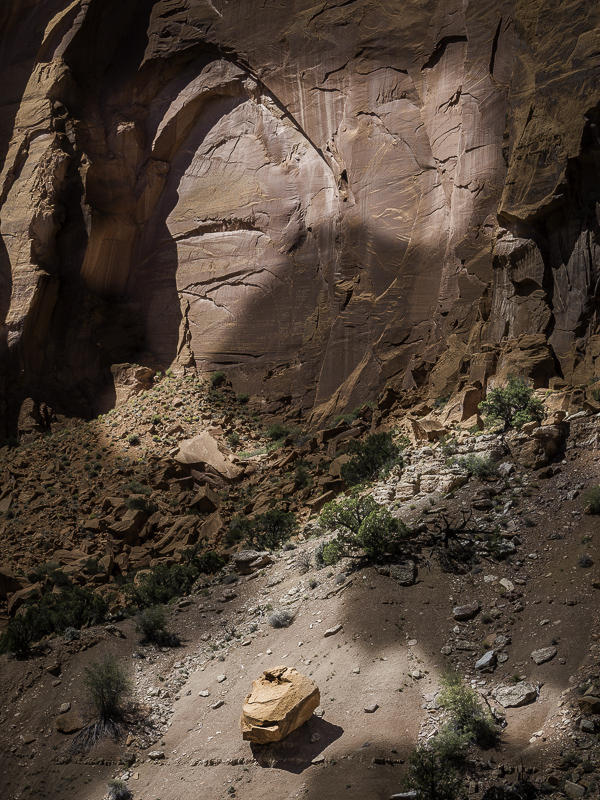Every Picture Is a Compromise
Lessons from the Also-rans
Most photography websites show the photographer's very best work. Wonderful. But that's not the full story of a creative life. If we want to learn, we'd better pay attention to the images that aren't "greatest hits" and see what lessons they have to offer. Every picture is a compromise — the sum of its parts, optical, technical, visual, emotional, and even cosmic – well, maybe not cosmic, but sometimes spiritual. Success on all fronts is rare. It's ok to learn from those that are not our best.
This is a series about my also-rans, some of which I've been able to improve at bit (i.e., "best effort"), none of which I would consider my best. With each there are lessons worth sharing, so I will.
Original digital captureOrchestrating the Light WeekBeyond tonal correction with dodging and burning, we can also manufacture light that never existed. Huntington Witherill refers to this as "orchestrating the light." It might also be "creating shadows." I've used this idea on more than a few images where helping nature's somewhat bland light can liven up an image considerably. The trick is to make it believable — which I'm hoping I did in these examples. What I saw that I liked:It's that fallen rock near the bottom of the picture that captured my attention. What I don't like in the picture:I was there at high noon and you can see the light is directly overhead in the image above. What I learned:Other than waiting a few hours, I can't change the direction of the sun, but I can add a few cloud shadows. The trick here is to feather the shadow with fidelity and to make sure the tones under the shadows are the right amount of darkening. This is one of the reasons I try to pay close attention to the shadows that are created by real clouds so I can approximate them in my manufactured shadows. |


